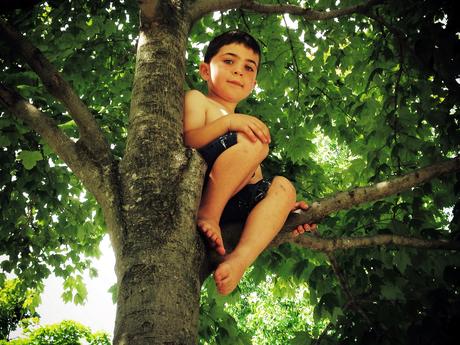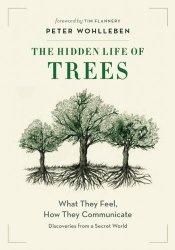
"These trees are friends," he said, craning his neck to look at the leafless crowns, black against a gray sky. "You see how the thick branches point away from each other? That's so they don't block their buddy's light." Peter Wohlleben
Imagine meeting someone who has written a best seller about the way trees communicate, what questions would you ask the author? And how would ideas from such a book change the way you walk through the woods.
Today, many children grow up without the spending time playing in parks, woods and fields. Lack of green spaces, digital technology and parent's concerns and fears are behind the dramatic decline in the amount of time children spend outdoors. This lack of physical activity is linked to not only increasing obesity and lower mental well-being but also a lack of understanding of the importance of nature. If you do not spend time in nature how can you value nature? And how can you develop an understanding that everything is connected and humans are part of nature?
The idea that trees can communicate may be something you stumble upon in a children's story. Children are open to all sort of possibilities and the idea that trees can communicate is something that they quickly pick up as something that can only happen in a fairy tale. But science is slowly catching up and Peter Wohlleben has written a book about the ways trees communicate that has become a best seller - The Hidden Life of Trees: What They Feel, How They Communicate-Discoveries from a Secret World


We often look at trees as organic robots that produce oxygen and wood but trees are social being that can send messages across the Wood Wide Web. The can learn and remember things, warn each other of dangers and these are exciting things to think about and to observe while you walk through a beautiful woods. in a way, Peter has written a book about things that I remember thinking as a child but learnt to ignore as an adult. It is a brave book about what trees might feel when its bark tears.

Observe how trees use water. Which trees survive and flourish when there is a lack of water? Trees that are standing dry are more likely to survive a heat wave, they have learnt to save water. They do not need as much water as a tree that has always had a good supply of water. Trees work together and share resources, this help to increase their resistance.
Can trees warn each other?
The acacias use scent to alert other trees. The tree can quickly turn their leaves toxic and the tree sends out a scent to warn other trees that a giraffe is looking and nibbling at its leaves. Of course, the giraffes knows this and therefore they always move a large distance from the first tree before they start to nibble again. They simply avoid eating from the nearest trees.
A walk through the park or woods will never be the same after exploring ideas from the book. Warmly recommended.
